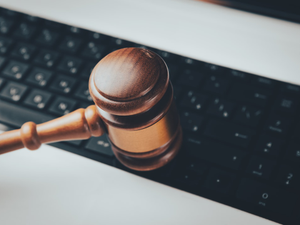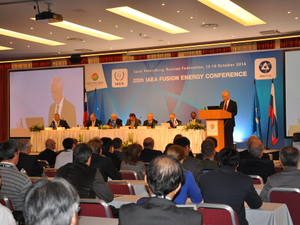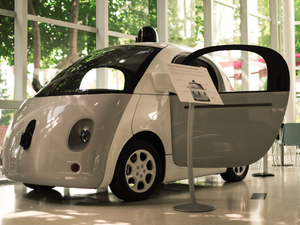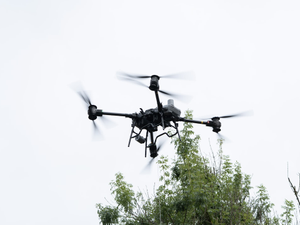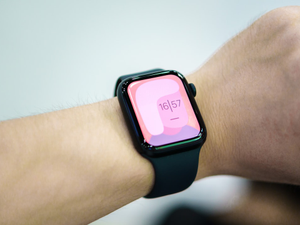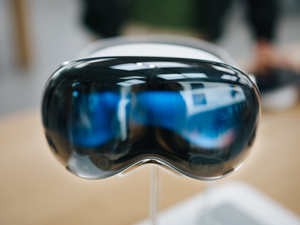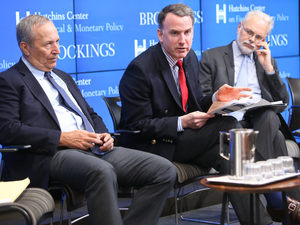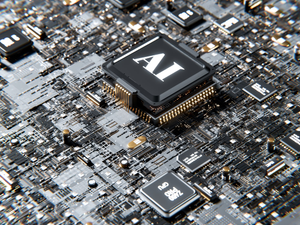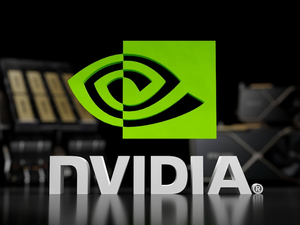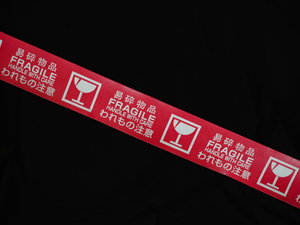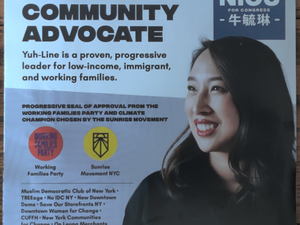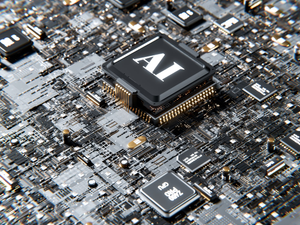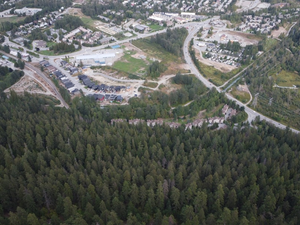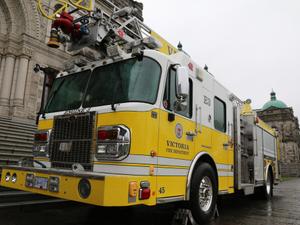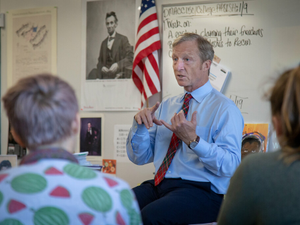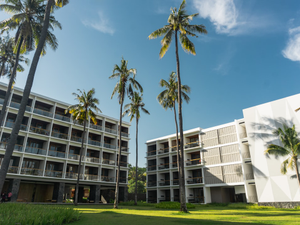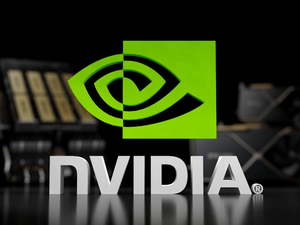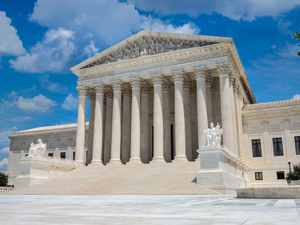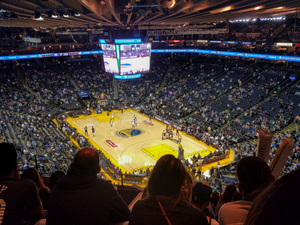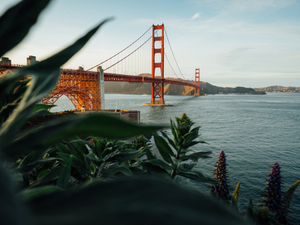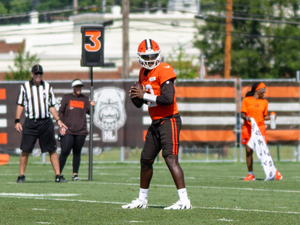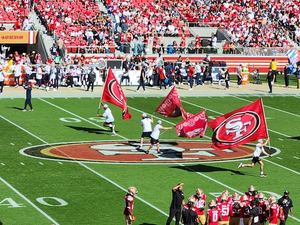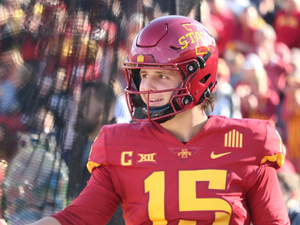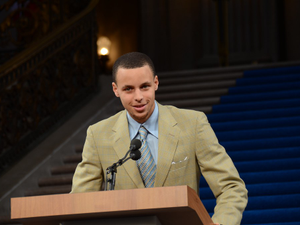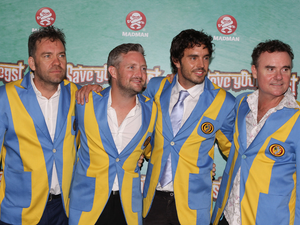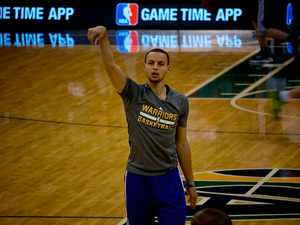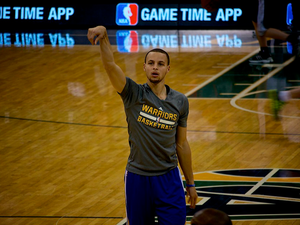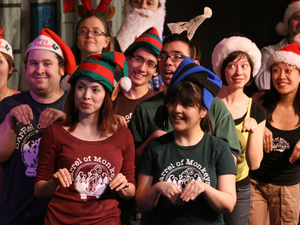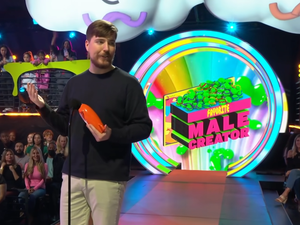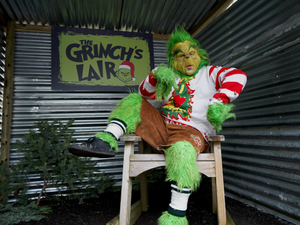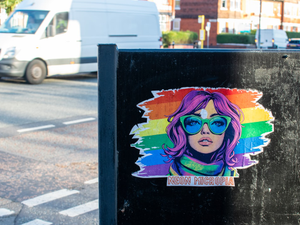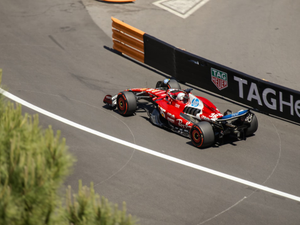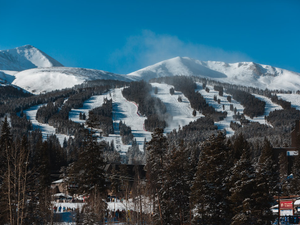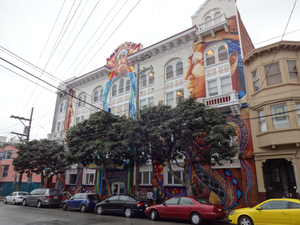Tesla's Robotaxi Takes Its First Spin: What You Need to Know
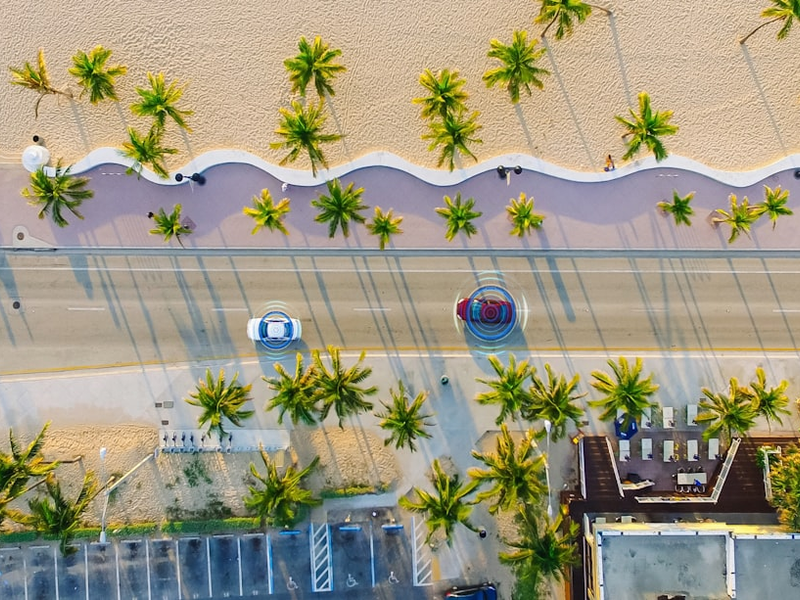
Photo by Kirill Tonkikh on Unsplash
Tesla has officially launched its long-anticipated robotaxi service in Austin, Texas, marking a potentially groundbreaking moment in autonomous vehicle technology. The service, currently invite-only and operating with significant safety precautions, provides a glimpse into the future of transportation.
The initial rollout includes 10-20 Model Y vehicles branded as “Robotaxi,” operating within a carefully geofenced area of Austin from 6 AM to midnight. Unlike previous promises of fully autonomous driving, these vehicles include Tesla-employed safety monitors in the front passenger seat who can intervene if needed.
Early users have described the experience as surprisingly smooth, with rides maintaining speeds around 40 mph and navigating typical urban scenarios like U-turns, speed bumps, and pedestrian crossings. The app interface resembles ride-sharing platforms like Uber, making it intuitive for users familiar with digital transportation services.
However, the launch isn’t without complexity. The service is currently restricted to a small, pre-mapped area and requires riders to be invited. Elon Musk has hinted at expanding to California, though regulatory challenges loom large. Interestingly, the company plans to potentially deploy up to a thousand robotaxis “within a few months” - an ambitious goal that remains to be seen.
Competitors like Waymo are already operating over 1,500 driverless vehicles across multiple cities, setting a high bar for Tesla’s emerging service. The robotaxi launch represents more than just a technological milestone; it’s a potential transformation of urban mobility that could reshape how we think about transportation.
As the service evolves, questions about safety, scalability, and public acceptance will continue to drive conversation around autonomous vehicle technology. For now, Tesla’s robotaxi remains an exciting experiment in the future of transportation.
AUTHOR: cgp
SOURCE: The Verge
